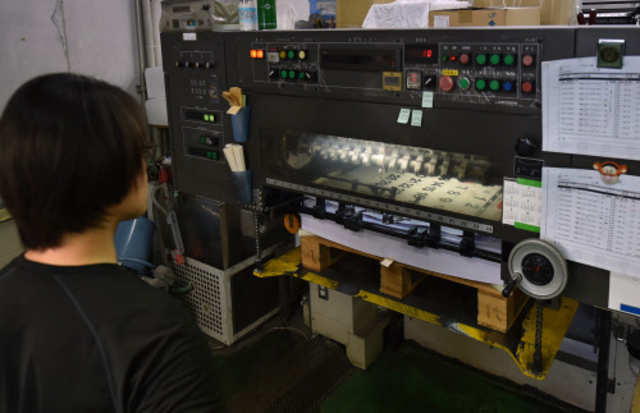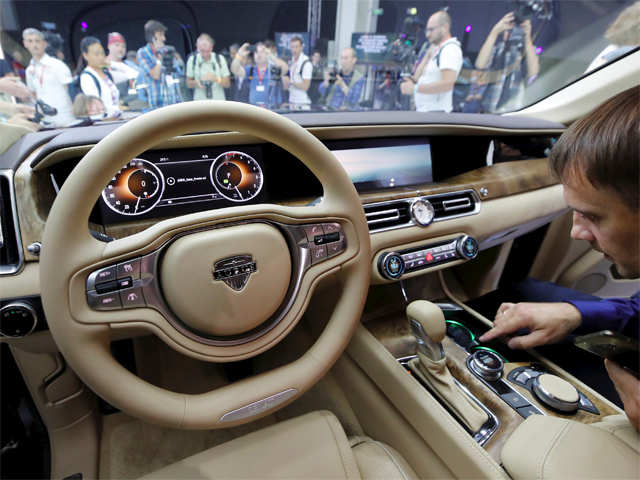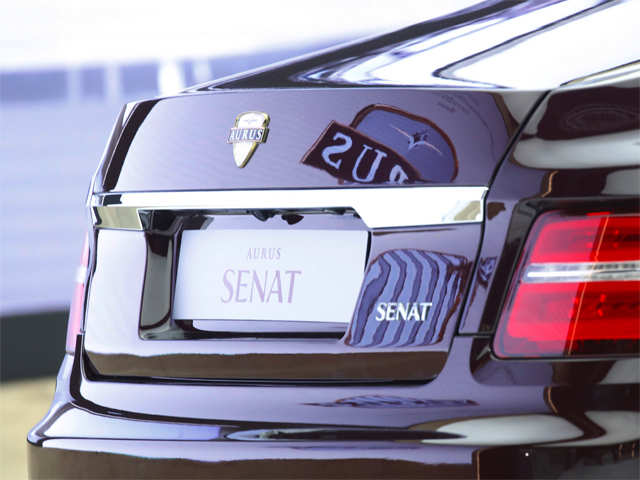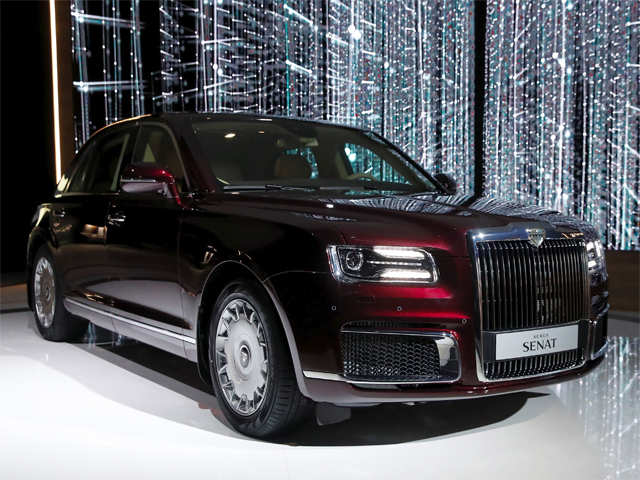
Kumar Mangalam Birla will be the chairman of the merged entity Vodafone Idea Ltd. Photo: Abhijit Bhatlekar/Mint
New Delhi: The merger of Idea Cellular and Vodafone India has been completed, creating India’s biggest telecom service provider with over 408 million subscribers, the two companies said today. A new board has been constituted for the merged entity “Vodafone Idea Ltd’ with 12 directors, including six independent directors, and Kumar Mangalam Birla as its Chairman. The board has appointed Balesh Sharma as the CEO, the companies said in a joint statement.
The combination will have an all-India revenue market share of 32.% and take the top slot in nine telecom circles, it said adding that both the Vodafone and Idea brands will continue. The telecom giant will topple Bharti Airtel from its pole position, and will have the firepower to take on competition in the Indian telecom market, which has intensified with the aggressive entry of Reliance Jio.
The combined entity will have a broadband network of 3.4 lakh sites and distribution network with 17 lakh retail outlets.
“The merger is expected to generate Rs 14,000 crore annual synergy, including opex synergies of Rs 8,400 crore, equivalent to a net present value of approximately Rs 70,000 crore,” the statement said. The net debt of the company stood at Rs 1,09,200 crore on June 30, 2018.
“The equity infusion of Rs 6,750 crore at Idea and Rs 8,600 crore at Vodafone, coupled with monetisation of standalone towers of both companies for an enterprise value of Rs 7,850 crore, provides the company a strong cash balance of over Rs 19,300 crore post payout of Rs 3,900 crore to the Department of Telecom (DoT),” the statement said.
Moreover, it added, the company has an option to monetise over 11% stake in Indus (the tower company), amounting to a cash consideration of Rs 5,100 crore.
The combination will have a wide spectrum portfolio of about 1,850 MHz, over 2 lakh mobile sites and about 2.35 lakh kms of fibre. This will allow it to offer “superior voice and broadband connectivity across the country, covering 92% of the population and reaching nearly 5,00,000 towns and villages,” it said.
Kumar Mangalam Birla, Chairman Aditya Birla Group and Vodafone Idea Limited said, “Today, we have created India’s leading telecom operator. It is truly a historic moment...As Vodafone Idea, we are partnering in this initiative by building a formidable company of international repute, scale and standards”.
Balesh Sharma, CEO of the new entity said, “We are committed to offering both our retail and enterprise customers an excellent experience while fulfilling their evolving digital and connectivity needs via new products, services and solutions”.
A regulatory filing by Idea said it will be renamed as Vodafone Idea Ltd, following the completion of all formalities and approvals. Post merger, the paid-up equity share capital of Idea Cellular rises to Rs 8,735.13 crore.
Himanshu Kapania has stepped down from the position of managing director of Idea Cellular with effect from August 31, 2018, but will serve as non-executive director of the new company. Shares of Idea Cellular were trading 6.32% at Rs 53 per share apiece on the BSE.



















